Stronger won expected despite low growth
Market sees further appreciation of Korean currency
By Kim Yon-sePublished : Oct. 28, 2012 - 20:20
The Korean won is continuously appreciating against the U.S. dollar despite a series of gloomy indices over Korea’s economic growth for this year.
Though growth of the nation’s gross domestic product stayed at 1.6 percent in the third quarter of the year, falling below 2 percent for the first time since the third quarter of 2009, the dollar continued to lose ground against the Korean currency.
The dollar finally slid below 1,100 won last week after gradually losing value over the past few months ― 1,180.3 won on May 31, 1,134.7 won on Aug. 31 and 1,104.3 won on Oct. 18.
The dollar dropped again last Friday to close at 1,097 won after sinking below the 1,100-won mark to post 1,098.2 won a day earlier.
Theoretically, unfavorable economic indices invite currency depreciation.
But the current won-dollar exchange rates reflect “the dominant market projections that the won’s rally will go on for the time being,” according to Bank of Korea officials and research analysts.
An analyst predicted that a possible intervention in the currency market by foreign exchange authorities’ could not weaken the sentiment toward the won’s further appreciation against the greenback, at least until the end of this year.
In addition, export-oriented enterprises are also fanning the strong won as they recently become active sellers of the dollar-denominated assets which they earned.
“A number of exporters are betting the stronger won. Their selling of the dollar shows urgency in terms of profitability and price competitiveness in the overseas market,” a local currency dealer said.
Japanese products are gaining price competitiveness in the overseas market as the yen lost value against the greenback by 1.4 percent this year.
When the won appreciates by 1 percent against the dollar, the nation must suffer a drop of $520 million in its current account surplus and 0.72 percent in GDP growth, according to BOK economists.
A 10 percent rise in the exchange rate is translated into a 2.1 percent jump in export prices of the nation’s industrial goods, according to the Hyundai Research Institute.
When calculating this in September’s exports, handsets, semiconductor products and cars, the nation’s major export items, saw their profitability worsen by 4.4 percent, 0.7 percent and 0.1 percent, respectively, the institute said.
The possibility that the won will rise in value up to nearly 1,000 won against the dollar is growing with the recent strengthened position of the won after quantitative easing by the U.S. government.
By Kim Yon-se (kys@heraldcorp.com)
Though growth of the nation’s gross domestic product stayed at 1.6 percent in the third quarter of the year, falling below 2 percent for the first time since the third quarter of 2009, the dollar continued to lose ground against the Korean currency.
The dollar finally slid below 1,100 won last week after gradually losing value over the past few months ― 1,180.3 won on May 31, 1,134.7 won on Aug. 31 and 1,104.3 won on Oct. 18.
The dollar dropped again last Friday to close at 1,097 won after sinking below the 1,100-won mark to post 1,098.2 won a day earlier.
Theoretically, unfavorable economic indices invite currency depreciation.
But the current won-dollar exchange rates reflect “the dominant market projections that the won’s rally will go on for the time being,” according to Bank of Korea officials and research analysts.
An analyst predicted that a possible intervention in the currency market by foreign exchange authorities’ could not weaken the sentiment toward the won’s further appreciation against the greenback, at least until the end of this year.
In addition, export-oriented enterprises are also fanning the strong won as they recently become active sellers of the dollar-denominated assets which they earned.
“A number of exporters are betting the stronger won. Their selling of the dollar shows urgency in terms of profitability and price competitiveness in the overseas market,” a local currency dealer said.
Japanese products are gaining price competitiveness in the overseas market as the yen lost value against the greenback by 1.4 percent this year.
When the won appreciates by 1 percent against the dollar, the nation must suffer a drop of $520 million in its current account surplus and 0.72 percent in GDP growth, according to BOK economists.
A 10 percent rise in the exchange rate is translated into a 2.1 percent jump in export prices of the nation’s industrial goods, according to the Hyundai Research Institute.
When calculating this in September’s exports, handsets, semiconductor products and cars, the nation’s major export items, saw their profitability worsen by 4.4 percent, 0.7 percent and 0.1 percent, respectively, the institute said.
The possibility that the won will rise in value up to nearly 1,000 won against the dollar is growing with the recent strengthened position of the won after quantitative easing by the U.S. government.
By Kim Yon-se (kys@heraldcorp.com)


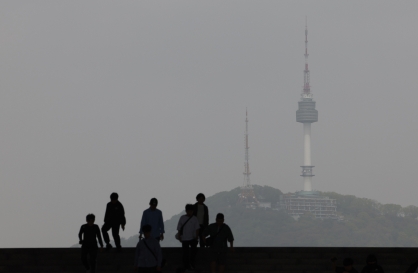
![[AtoZ Korean Mind] Does your job define who you are? Should it?](http://res.heraldm.com/phpwas/restmb_idxmake.php?idx=644&simg=/content/image/2024/05/06/20240506050099_0.jpg&u=)

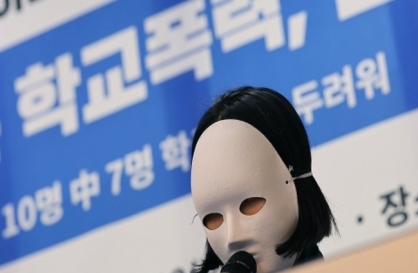

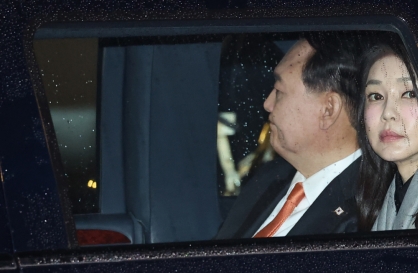






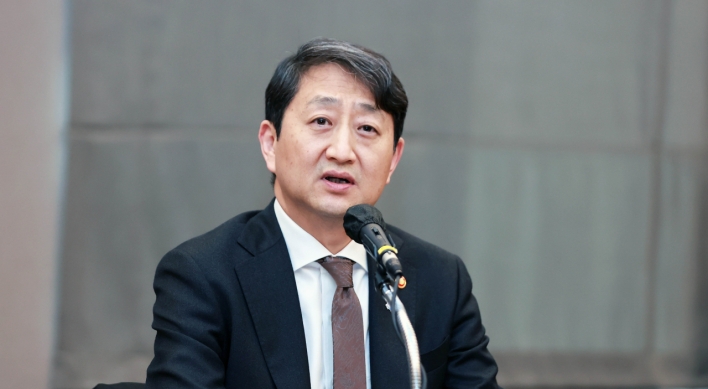
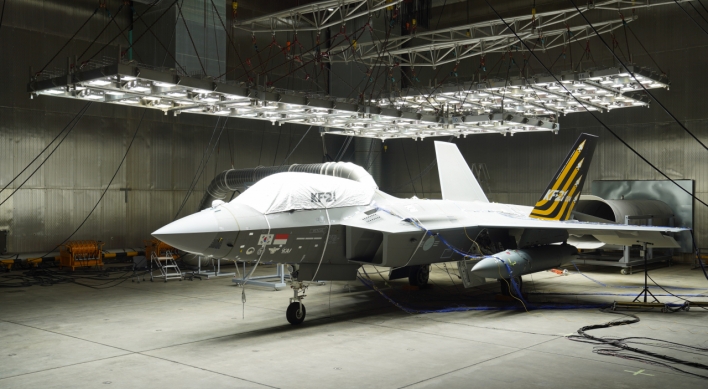
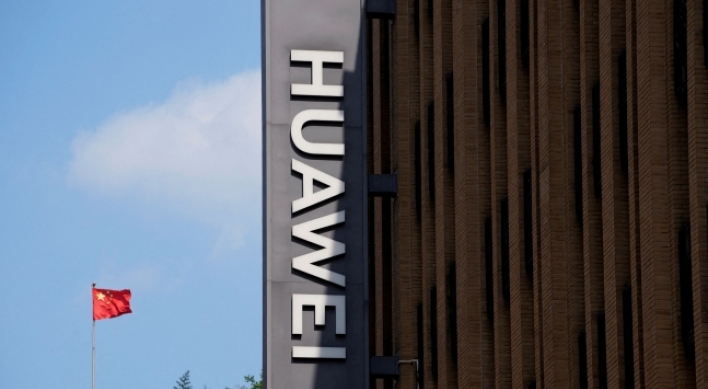

![[K-pop's dilemma] Is Hybe-Ador conflict a case of growing pains?](http://res.heraldm.com/phpwas/restmb_idxmake.php?idx=642&simg=/content/image/2024/05/07/20240507050746_0.jpg&u=)